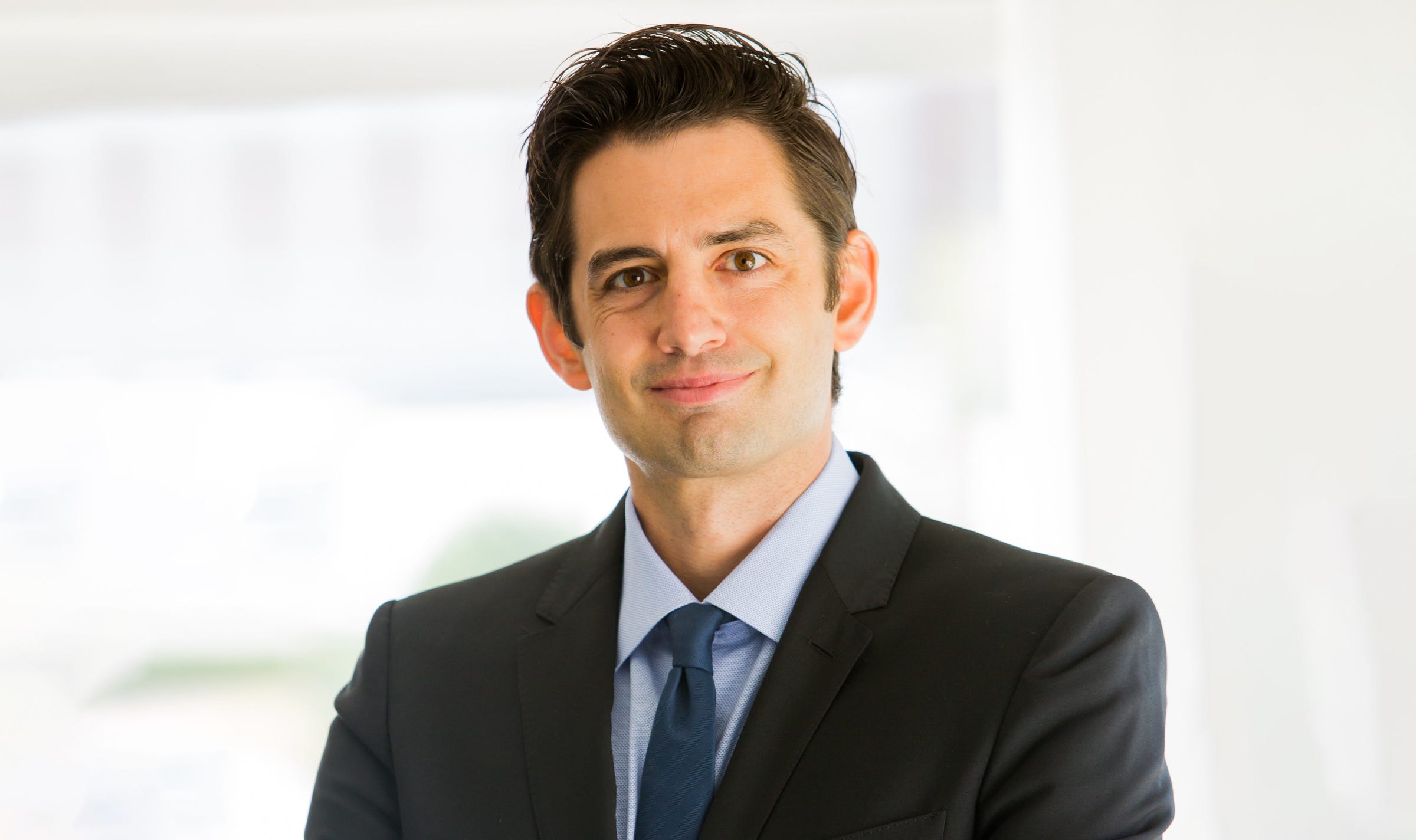

Dun & Bradstreet
- Bryan Hipsher, the chief financial officer of Dun & Bradstreet, joined the company in February 2019.
- In 2020, the company pulled off a remarkable tech IPO while implementing a new cloud ERP.
- Hipsher said it's critical for the modern CFO to be a strategic partner in technology innovation.
- This article is part of our "Innovation C-Suite" series about business growth and technology shifts.
Bryan Hipsher, the CFO at the commercial data, analytics, and insights company Dun & Bradstreet, joined the company in February 2019 – shortly after an investor consortium took the company private after five decades on the New York Stock Exchange, with plans to transform and reemerge with an IPO in 2020.
A year later, of course, came the COVID-19 pandemic.
The IPO process quickly went virtual. Surprisingly, it turned out to be efficient even while teams worked remotely, said Hipsher.
"We didn't have to spend time doing a traditional roadshow in multiple cities. We could have back-to-back video meetings, " he said. "The ability to adapt and leverage technology was incredible, and both sides embraced using a virtual platform."
The result, in July 2020, was one of the year's biggest technology IPOs: Dun & Bradstreet raised $1.7 billion, 31% more than anticipated.
"We knew we had a core, mission-critical asset with a great brand and history," Hipsher said. "It was a great experience for me, as the CFO, to help drive the outcome of the success of the business."
The CFO as a driving force is equally as important for technology innovation as it is for shepherding the company through an IPO process, Hipsher said. It's critical for the CFO to serve as a strategic partner within the organization, rather than as someone "who simply stands up and reads off results in an earnings call."
That became crystal clear in 2020, when Hipsher realized that Dun & Bradstreet needed to transition from its "ancient" enterprise-resource-planning system to a modern software-as-a-service cloud platform.
"An IPO wasn't enough for us last year," Hipsher said. "So we spent nine months going through this fundamental technology transformation - soup to nuts."
While the transformation was a heavy lift for multiple teams, Hipsher considered it essential to bring foundational ERP and billing systems up to date to optimize the company's efforts.
"If you can measure it, you can improve it, so we needed the ability to shine a light on the organization's performance through measuring financial outcomes," he said. "I can't ask my team to be a modern finance organization without modern tools."
Fostering a collaborative dynamic with technology partners
Hipsher had experienced a similar technology implementation during his previous role as the senior vice president of finance at fintech Black Knight.
"That helped me understand how to work with my team to make them understand the benefits of a new ERP," he said. "That is, how much more efficient it would be, with less time spent on rote manual processes and more focus on higher-end tasks."
As the CFO, having a base understanding of technology infrastructure and development is essential to operate in a modern environment. "Just like finance is ubiquitous across all organizations, so is technology and so is data and analytics," Hipsher said. "You need to have a disciplined project plan, the right cadence, and testing."
Hipsher was able to work closely with Dun & Bradstreet's systems and technology teams, keenly aware that he was ultimately accountable for the outcome of the new cloud ERP implementation, which included less customization than the old systems and more out-of-the-box features and functionality.
"If the technology side fails, I can't say it's the CTO's fault," he said. "So you have to have that working relationship with your technology partners to make sure you're all rowing in the same direction."
But technology is not a panacea or cure-all for any part of the company, including the finance organization. "We have to have the proper processes and procedures, and use technology to make it repeatable, consistent, and more efficient," he said. "So we did a lot of work in the first year to revamp, which was a big transition for a tenured team and organization."
Now that Dun & Bradstreet has been a publicly traded company again for over a year, Hipsher said he is excited that the transition to the new cloud ERP is complete.
"From the CFO perspective, one of the biggest changes since the IPO is the focus on investor interaction and quarterly earnings, so I'm excited to be at the stage of helping accelerate the new assets and data sets we are bringing to market for our clients," Hipsher said. "That's what really drives growth in an organization."
